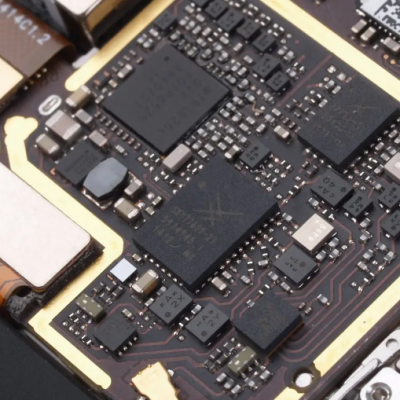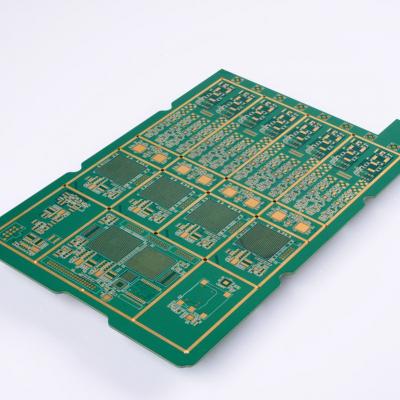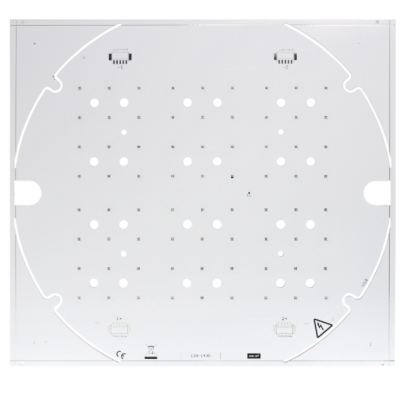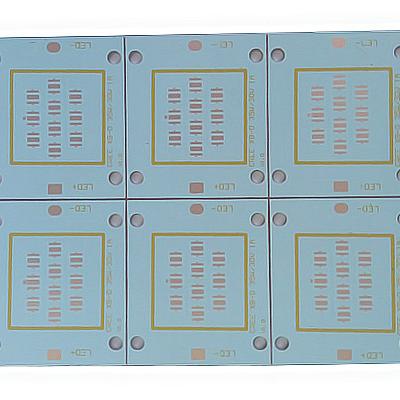PCB single-sided board refers to a printed circuit board with only one side covered with copper, while the other side does not have any circuits. Although the PCB single-layer board is not as complex as the multi-layer board, it still has its unique advantages in some simple circuit designs. This article will introduce the advantages and disadvantages of PCB single-sided panels.PCB one single sided pcb circuit board matelial:FR4 CEM-1,CEM-3,FR-1,FR-4,94V-0,94HB
Advantage:
Low cost: PCB single-sided manufacturing cost is relatively low, because there is only one layer of copper clad. Therefore, for some cost-sensitive applications, single-sided panels are a very economical choice.
Wide applicability: Single-sided panels are not only suitable for simple circuit design, but also can be used for mass production. The design and manufacturing process of the single-sided panel is relatively simple, so it can be produced and assembled quickly, improving production efficiency and reducing production costs.
Ease of repair: A single-sided board with only one layer of circuitry is easy to repair and replace components. In contrast, multi-layer boards need to dismantle multi-layer circuits, making maintenance more difficult.
shortcoming:
Difficulty in wiring: Since there is only one layer of copper foil, wiring is difficult, and the layout of the circuit and the location of components need to be considered. To avoid short circuits or circuit failures caused by improper wiring, the layout of the circuit and the location of connections must be carefully planned.
Electromagnetic interference: Since there is only one layer of copper clad, the electromagnetic interference suppression ability of single-layer boards is relatively poor. In high-frequency circuits, the EMI suppression capability of the circuit becomes an important consideration.
Limit circuit complexity: Since there is only one layer of copper clad, the circuit complexity of single-layer boards is limited, which is not suitable for the design of complex circuits. If you need to design a more complex circuit, you should choose a double-layer board or a multi-layer board.
To sum up, PCB single-sided panels are suitable for some simple circuit designs and cost-sensitive applications. Especially in mass production, single-sided panels can improve production efficiency and reduce production costs. However, the wiring of single-panel circuits is difficult, and the electromagnetic interference suppression ability is relatively poor, so it is not suitable for the design of complex circuits. Therefore, when choosing a PCB structure, the appropriate structure type should be selected according to specific circuit requirements and application scenarios
 Shenzhen HongYuan Electronics Co.,Ltd
Shenzhen HongYuan Electronics Co.,Ltd 



